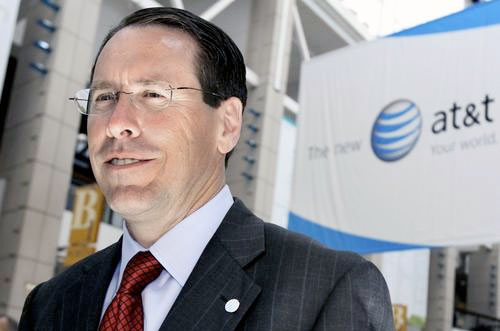Capex (capital investment) of American wireless carrier AT&T will decrease 16.7 percent to $18 billion in 2015 against $21 billion in 2014.
AT&T, while announcing the Q4 2014 revenue, said capital investment of more than $21 billion in 2014 exceeded its Project VIP objectives.
The wireless carrier invested $4.4 billion in the fourth quarter of 2014 towards capital expenditures and 4G expansion was one of the focus areas.
You can watch and subscribe: Latest videos on telecoms
“With the completion of many Project VIP initiatives, AT&T expects capital expenditures to be in the $18 billion range,” said the company.
Bright future
By the end of 2015, AT&T expects its largest revenue streams will be: business (both wireless and wireline); broadband and video; consumer mobility; and international mobility and video.
Randall Stephenson, AT&T chairman and CEO, said: “Our transactions with DIRECTV and Mexican wireless companies Iusacell and Nextel Mexico will make us a very different company. After we close DIRECTV, our largest revenue stream will come from business-related accounts, followed by U.S. TV and broadband, U.S. consumer mobility and then international mobility and TV.”
AT&T revenue in Q4 2014
AT&T’s revenues grew 3.8 percent to $34.4 billion in Q4 2014, while it posted net loss of $4 billion against net income of $6.9 billion.
In 2014, AT&T’s revenues totaled $132.4 billion versus $128.8 billion, while net income dropped to $6.2 billion from $18.2 billion.
AT&T has added more than 2 million new wireless and wireline high-speed broadband connections in the fourth quarter. The company has added 1.9 million wireless subscribers in Q4 2014, while the addition in 2014 was 5.6 million.
Wireless revenues of AT&T rose 7.7 percent to $19.9 billion, while wireline revenues grew 0.4 percent to $14.6 billion.
Wireless equipment revenues increased 72.3 percent to $4.8 billion, as customers chose equipment installment plans versus subsidized devices. Wireless service revenues dipped 3.7 percent to $15.1 billion reflecting continued customer growth of Mobile Share Value plans.
Baburajan K
[email protected]






